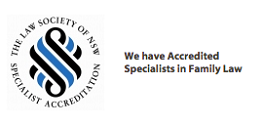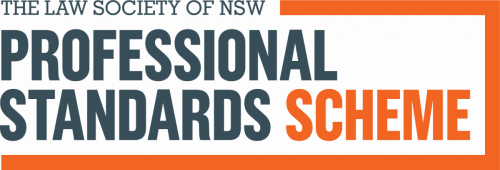On 3 June 2022, the New South Wales Court of Appeal delivered a judgment which considered whether contributory negligence is available as a defence to an intentional tort: Irlam v Byrnes [2022] NSWCA 81.
The appeal was against a decision of the District Court of New South Wales in December 2020 relating to an injury sustained by Mr Irlam in an incident on 23 July 2014 when he fell from the side of a motor vehicle which was being driven by Mr Byrnes.
Background Facts
Mr Irlam was at his home in St Clair on 23 July 2014. Adjacent to his house was a public reserve. A week prior, Mr Brynes had told Mr Irlam that he parked a vehicle, a hire car, at the back of the reserve behind his home. The car remained there until 23 July 2014 when Mr Brynes arrived at Mr Irlam’s home and they had a discussion in relation to drugs in the car. Mr Byrnes told Mr Irlam that if the drugs were not located in the car, he would be coming back with a gun and killing him and his son and daughter.
Following this threat, Mr Irlam rang Mr Byrnes’ brother and had a conversation. He then walked out of his home and towards the car parked in the reserve. Mr Brynes was sitting in the driver’s seat. The primary judge found the following facts at the hearing:-
- Mr Irlam punched Mr Brynes twice in the head as he sat in the motor vehicle.
- Mr Brynes then placed the gear lever into reverse and reversed the vehicle.
- Mr Irlam took hold of the frame of the door and the roof. His feet initially dragged along the ground but he was able to step up to the door sill and cling to the roof.
- After about 10 metres, Mr Irlam yelled to Mr Byrnes to stop the car. Mr Brynes responded by telling him to jump.
- Mr Irlam was flung from the vehicle and suffered injury.
District Court Proceedings
Mr Irlam commenced proceedings in the District Court alleging an intentional tort and negligence. The District Court accepted that Mr Brynes was negligent but not that he intended to cause injury to Mr Irlam. His Honour assessed contributory negligence at 70%. His Honour also accepted defences under sections 53 and 54 of the Civil Liability Act 2002 (NSW) were made out such that Mr Brynes was not liable to pay damages to Mr Irlam.
Court of Appeal
Mr Irlam appealed that decision. The key issue for determination in the Court of Appeal was the issue of intent.
The issue of intent was so important because Mr Irlam could avoid the consequences of any finding of contributory negligence if it could be established Mr Brynes intended to cause injury. Further, the provisions of the Civil Liability Act 2002 (NSW) do not apply to the civil liability of a person in respect of an intentional act that is done by a person with intent to cause injury or death.
Mr Byrnes had not given evidence in the District Court proceedings. The solicitors acting were appointed by the insurer and Mr Byrnes was not cooperative with their requests to attend Court to give evidence. The only evidence from Mr Byrnes was what he told the police officer immediately after.
The District Court drew an inference that Mr Byrnes overcorrected himself as he was moving towards the creek and that had caused the vehicle to spin.
The Court of Appeal found that inference was not available on a consideration of all of the evidence, and rather the compelling inference is that Mr Byrnes drove the vehicle in such a manner so as to cause injury to Mr Irlam. There was the necessary intent.
The Court of Appeal therefore found that there should not be any reduction for contributory negligence and the provisions of the Civil Liability Act 2002 (NSW) do not apply.
The Court of Appeal entered judgment for Mr Irlam in the sum of $132,279.16.
Liability limited by a scheme approved under Professional Standards Legislation









